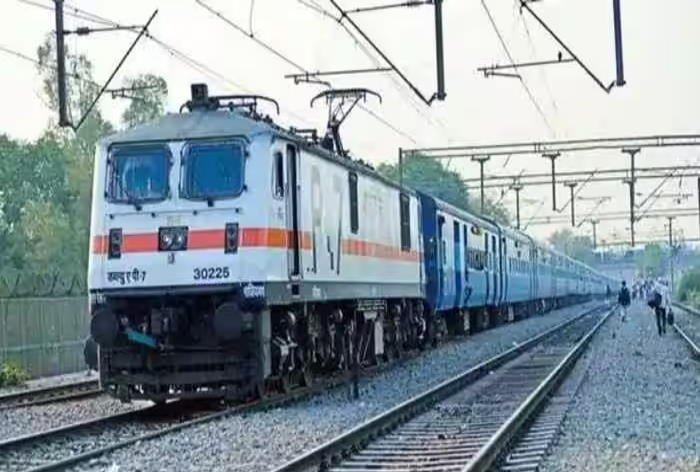The device — Railway Driver Assistance System (RDAS) — will not only sound an alert but also apply emergency brakes in case a driver loses alertness for a certain period of time.

New Delhi: The Northeast Frontier Railway (NFR) is developing an artificial intelligence-based device that would be able to read the blinking eyes of drivers and alert them or stop the train in case they are feeling sleepy. The device — Railway Driver Assistance System (RDAS) — will not only sound an alert but also apply emergency brakes in case a driver loses alertness for a certain period of time.
“The device is still in the development stage and trials are on to ensure its proper functioning. The technical team of the NFR is working on it. We hope that it will be ready in another few weeks,” a railway source told PTI.
On August 2, the Railway Board wrote to the NFR and asked it to expedite the in-house development of RDAS. It also said that once the device is ready, it will be fitted in 20 goods train engines (WAG9) and passenger train engines (WAP7) as a pilot project.
All the zones have also been asked to provide their feedback on the working of the system after using it so that further improvements can be made to it if needed. The Indian Railway Loco Runningmen Organisation (IRLRO), however, dubbed the device a “futile exercise”, saying that all fast-moving trains already have mechanisms to keep drivers alert.
“Every high-speed train engine comes with a foot-operated lever (pedal) which a driver needs to hit once every 60 seconds. In case, the driver fails to do so, emergency brakes are applied automatically and the train comes to a halt. The present system is good enough to ensure that the driver is alert,” said IRLRO working president Sanjay Pandhi.
“I believe RDAS is a futile exercise. If the railways is really serious about the safety of train operations, it should, among other things, conduct studies on aspects such as fatigue, running hours, facilities and rest hours of train drivers.
“In many cases, drivers, including women, do not get any breaks for having food or answering nature’s calls during their over 11-hour duty. If these things are well taken care of, there is no need to have any RADS in engines,” Pandhi said.
Rlys introduces AI-based surveillance in elephant corridors to avert mishaps
This comes after the Northeast Frontier Railway, which operates in the northeastern states and in seven districts of West Bengal and five districts of north Bihar, has introduced an Artificial Intelligence based surveillance mechanism in elephant corridors to prevent elephant deaths due to train hits.
The NFR recently signed a Memorandum of Understanding (MoU) with RailTel Corporation of India Ltd, for installation of Intrusion Detection System (IDS) to avert train-elephant collision and have disaster mitigation measures.
NFR Chief Public Relations Officer Sabyasachi De said that the Railways has been taking many initiatives to prevent and detect movement of wild animals, especially elephants, approaching the tracks.
Installation of IDS in important sections is one such measure.
After 100 per cent success of the pilot project on IDS that was undertaken by the NFR in the Chalsa – Hasimara section of the Dooars area under Alipurduar Division in West Bengal and the Lanka – Hawaipur section under Lumding Division in Assam, it has now been decided to install the system gradually in all other elephant corridors in NFR jurisdiction.
De said that the system is based on Artificial Intelligence (AI) and existing optical fibres would be used as sensors to identify movements of wild animals at locations and alert control offices, station masters, gatemen and loco pilots.
